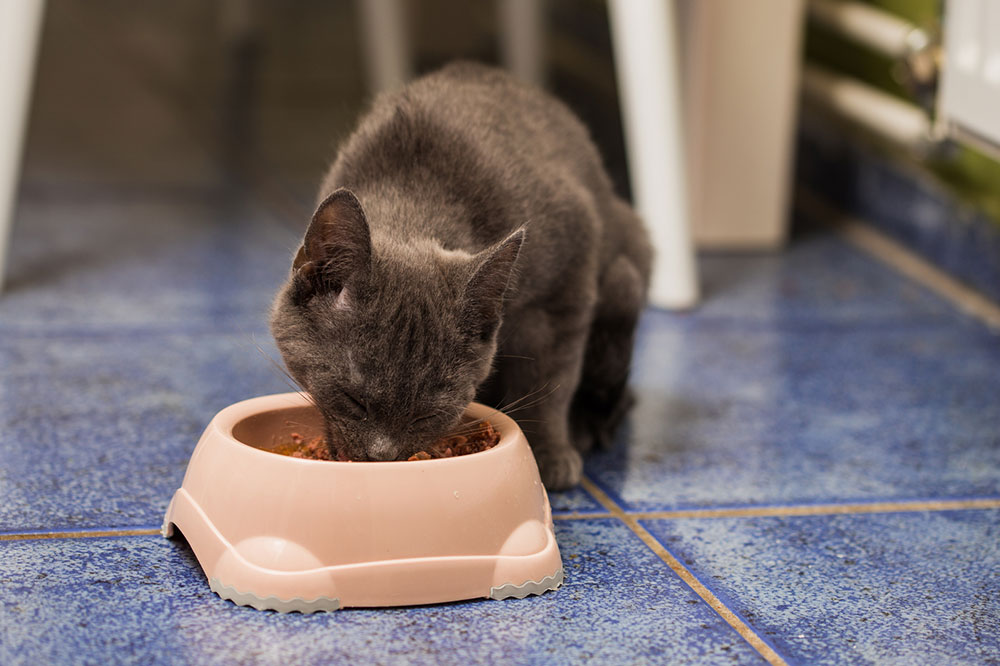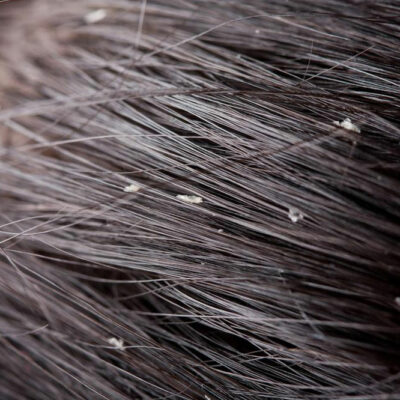
Treat Diabetes Mellitus in Cats with These Diet Tips
Cats suffering from diabetes mellitus experience a chronic progression of this disease. Insufficient insulin response and insulin resistance are the leading causes of diabetes in cats. This condition is extremely common in cats and most of them experience type 2 diabetes. By the time the symptoms lead them to a vet, the condition could have already progressed to a stage of insulin dependence. This is a treatable condition and can definitely be managed.
Here are some diet tips for cats with diabetes mellitus. These tips are categorized on the basis of food types.
Meat
As cats are naturally carnivorous animals, they require meat in their diet. As pets are confined to their food bowl, the responsibility of bringing meat into their body falls on the owner. Meat is filled with protein which is required for the physical well-being of a cat.
Carbohydrates
Cats aren’t as good as humans in breaking down their carbs. Cats with diabetes mellitus have it worse, and the ideal diet for a cat with this condition contains food items that are high in protein and low in carbs. You can use canned cat food items as they fall under this category. As many dry cat food items are rich in carbohydrates, you may have to switch to canned foods or specially formulated cat food.
Weight
Check your cat’s weight as you feed them. This is because most cats experiencing diabetes are either overweight or underweight, especially if they are diagnosed late. If your cat is overweight, you may need to restrict it’s diet to food items that help trim down that extra fat.
Losing some pounds and bringing it to a healthy weight can work in its favor when it comes to diabetes. This is due to the factors that losing weight can help the body use insulin which can in turn lower the blood sugar.
Coordinated Meals
Prior to being diagnosed with diabetes mellitus, your cat might have had the freedom to eat whatever and whenever it wants. After diagnosis, however, it’s important to coordinate the meals with the insulin dosing. This can help the body absorb the calories of the food when insulin is at peak.
When food isn’t coordinated well, it can either lead to an increase in blood sugar because of the lack of insulin to break it down or lead to hypoglycemia (low blood sugar) because of too much insulin in the blood with nothing to break it down. Ideally, you should feed your cat twice a day prior to injecting a dose of insulin in their body.
Monitor Your Cat’s Health
Diabetic cats may have serious complications and it is, therefore, crucial to keep track of your cat’s health. Changes in the dietary routine of your cat can sometimes disagree with it. If it’s too much to handle, consult a vet to figure out what to do next.
Every cat is different and there is no single diet that can be tailored to fit the needs of every cat. You need to create a diet based on the severity of the condition and the weight of your cat.


